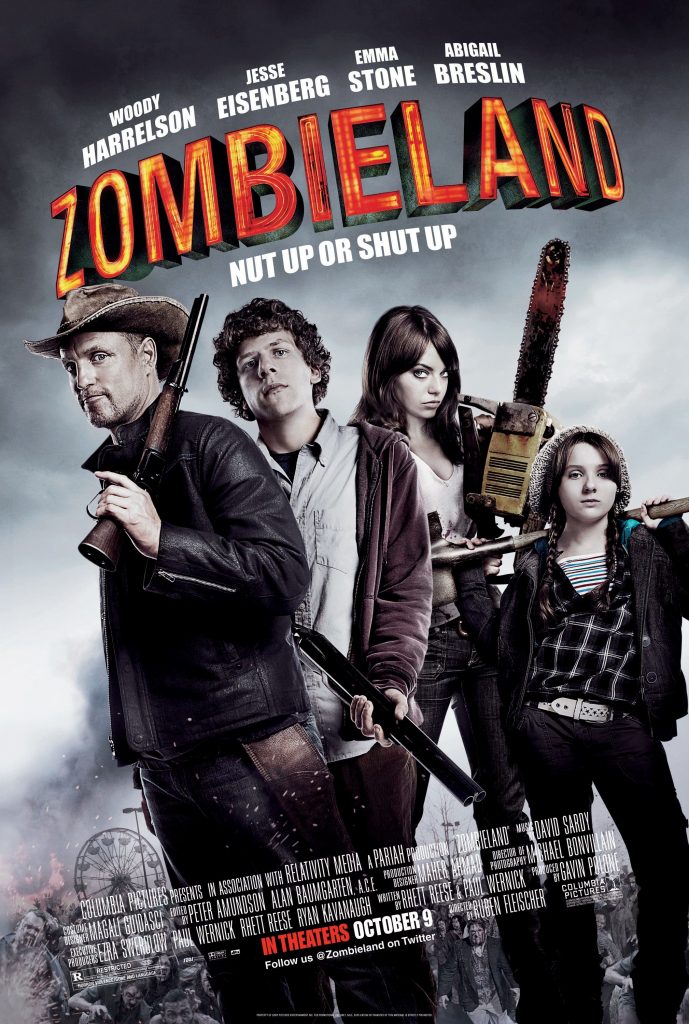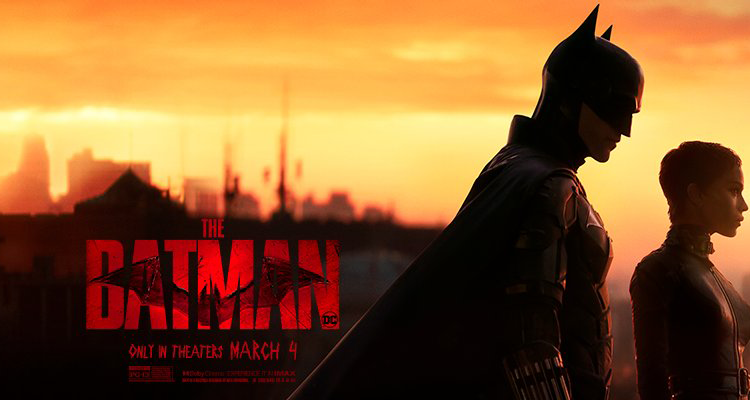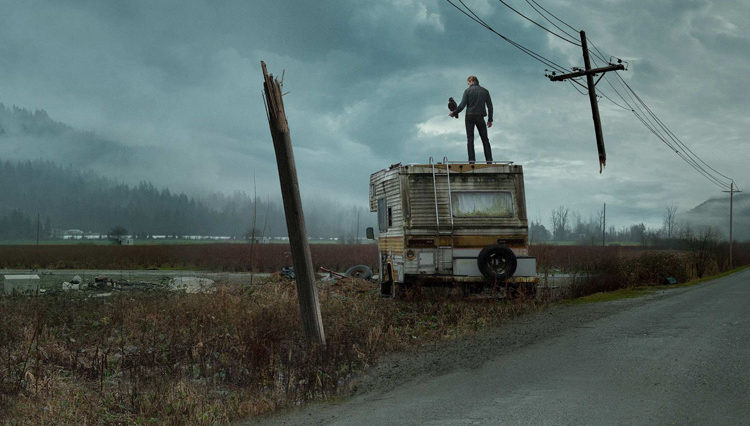In 2009, director Ruben Fleischer delivered the goods to audiences with his zombie comedy (“zomedy”, if you will) with Zombieland, a film that tackled everything about horror films and spun its own web out of it, winning over critics with its hilarious script, the strength of its cast, and good old-fashioned thrills that never get old and hopefully never will. In the years since it’s developed an almost cult following as one of the freshest and most original films of the past decade.
It follows four zombie apocalypse survivors, Columbus (Jesse Eisenberg), Tallahassee (Woody Harrelson), Wichita (Emma Stone), and Little Rock (Abigail Breslin), who band together and journey across the United States while encountering different obstacles along the way. Columbus has made a habit of playing by his own rules, while Tallahassee prefers to not live by any rules. Wichita and Little Rock are sisters that have made their way through the wasteland with their signature trickery.
While Fleischer hasn’t found much critical success as of late (Venom didn’t score positively), Zombieland has found sanctuary as the director’s best film to date and manages to worm its way into the prestigious league of directorial debuts that many famous films have also attained throughout the past few decades. What makes Zombieland work is how it finds complexity in simplicity and never has to sacrifice the development of its characters or story in order for viewers to have an amazing time watching it. Like Eisenberg’s Columbus, it plays by the rules set by other horror-comedies before it (the most similar maybe being Edgar Wright’s 2004 film Shaun of the Dead) but never becomes too trite or clichéd in its execution.
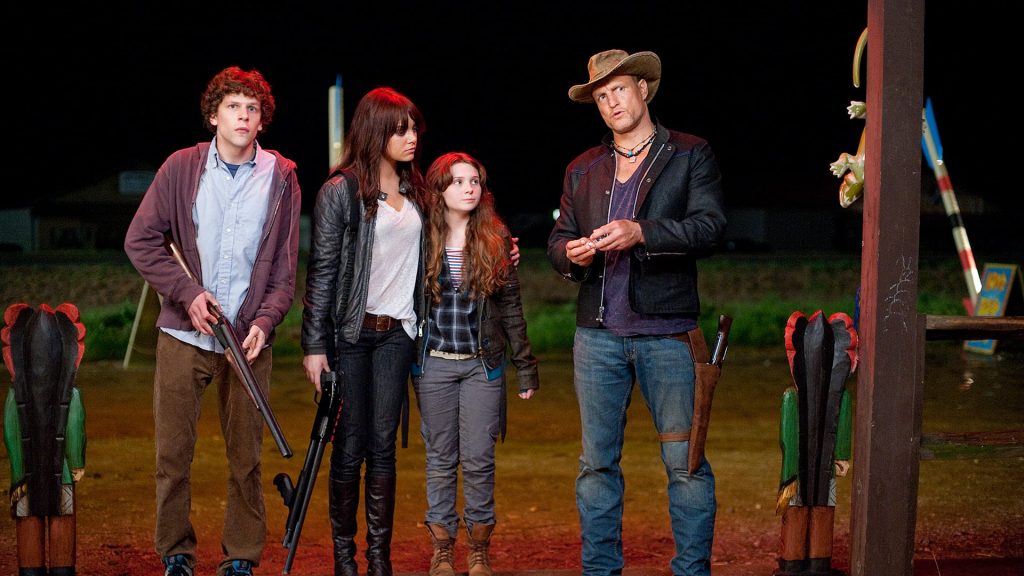
Another thing that can be said about Zombieland is that it strives for greatness and always ends up working in the end because it never tries to bite off more than it can chew to satisfy a money-making regime. It feels completely coherent in the way its story’s structure is handled, coming off as familiar at times while subverting expectations at other points. It’s a complete master of toying with the audience through its visual gags, many of which are some of the best that the horror and comedy genres have ever seen. The opening scene is one shining example of that, with a voiceover narration by Eisenberg explaining the downfall of civilization while continuously expressing how rules can serve a purpose in a world gone mad (e.g. seatbelts, cardio, traveling light, and the infamous “double tap”).
Easily one of the film’s highlights is its use of editing the convey a specific scene’s message; this goes hand-in-hand with the cinematography and script, which utilize the excellent comedic timing on behalf of the cast as a way to depict all sorts of colorful imagery at once. A Bill Murray cameo near the film’s halfway point expresses just how sardonic the wit can be expressed here. That segment alone ranks as easily one of the greatest and most surprising bits of film in the 21st century.
Rhett Reese and Paul Wernick’s screenplay also provides some deeper beats that play to the film’s advantage. Harrelson’s Tallahassee carries some emotional luggage with his character, enabling the viewer to feel for him as a result of his tragic backstory (albeit one that’s maybe not given enough of a push into the viewer’s trajectory as much as it should). The other characters aren’t really given much to make a name for themselves with, and really only carry the movie with their effortless charisma and shared chemistry, but those who over-criticize their potentially lacking performances are clearly missing the point. Stated early on in the film by Columbus, “traveling light” doesn’t just pertain to luggage in his eyes; major relationships and attachments are a big no-no. It almost seems like the film wants us to feel detached from the characters in order to be more invested in their world, which is actually really smart.
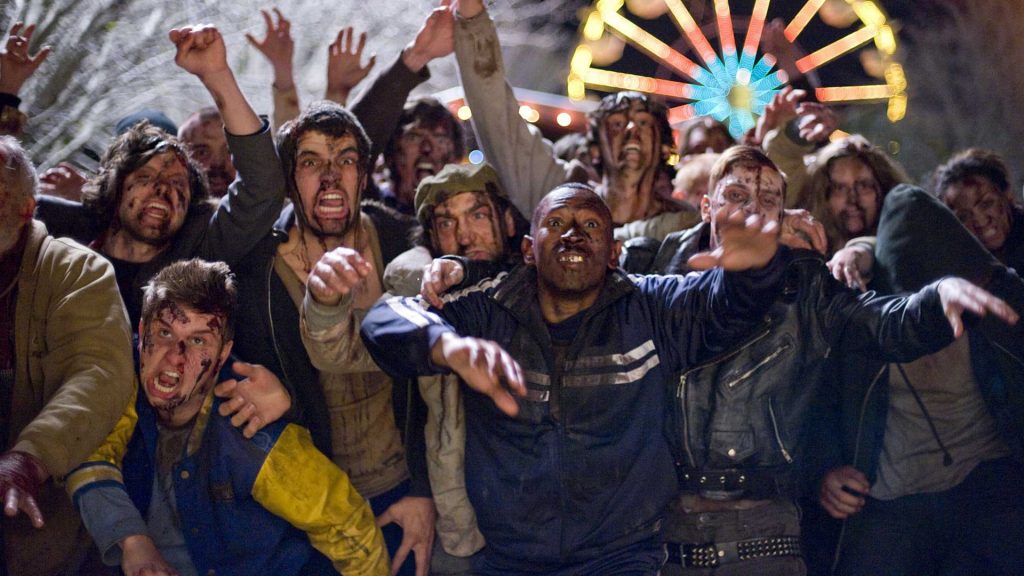
Zombieland isn’t a masterpiece, nor does it try to be. It’s ridiculous and adventurous in how it explores our fascination with the undead in pop culture but never feels too heavy-handed at what it’s trying to say. Something that makes it so impressive in its filmmaking technique is that it almost parodies the over-the-top violence that has become a staple in these films while also utilizing it to its own advantage. But even when the film does that, it never comes off as self-indulgent or intemperate. It’s flashy, but rarely feels like it’s going to collapse under the weight of its own style and influence. Endlessly rewatchable and incredibly funny, this is one that you’re going to want to revisit as it celebrates its 10-year anniversary in October.
